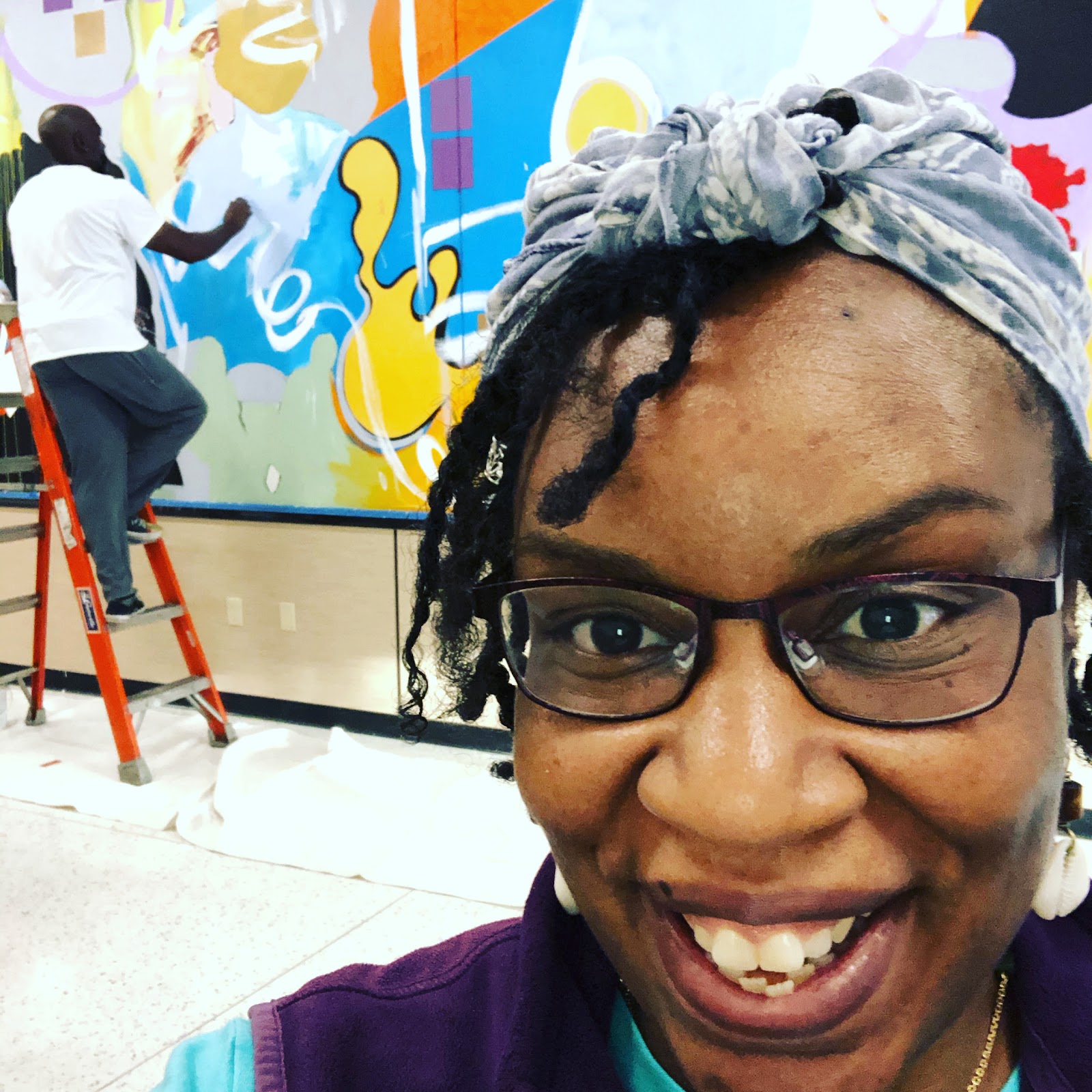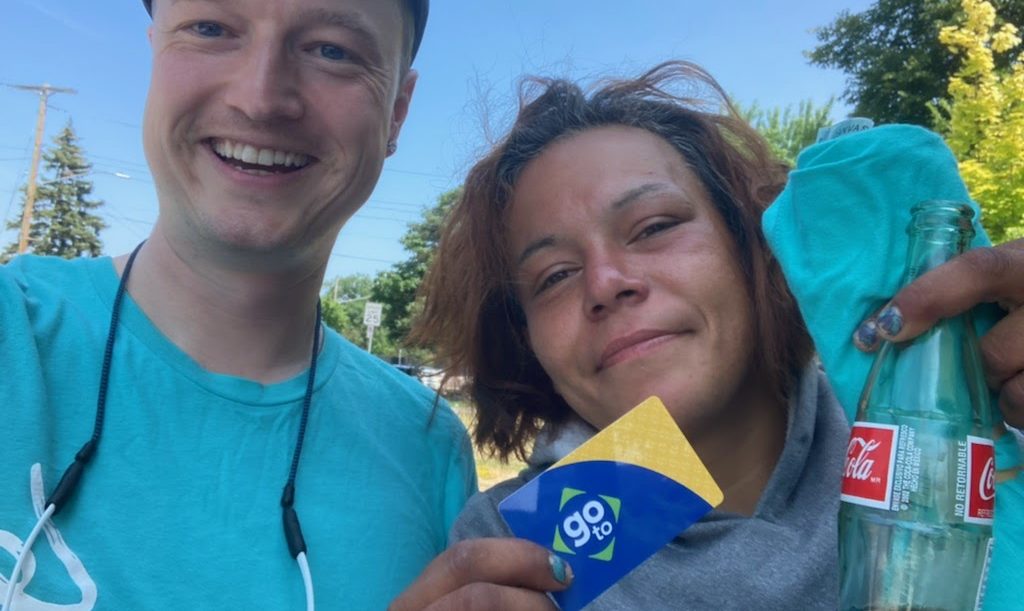Along the C Line, Community Partnerships and Creative Engagement Connect People to Transit and Support Neighborhood Stability
Pictured left to right: Erik, Barbara
The past year has been tough on a lot of Minnesotans, and the resilient communities along the METRO C Line route are no exception. The pandemic continues to reveal and reinforce longstanding economic and health inequities. And the wildfire smoke that made our air dangerous to breathe over the summer is a reminder not only of the accelerating risks of climate change but of the persistent health risks that come with air pollution many of us face daily, especially in communities of color and low-income communities. Thanks in part to heavy car and truck traffic, kids in the metro area are actually over 60% more likely to be hospitalized for asthma than those outside the Twin Cities. With everything families are dealing with right now, we need our transportation system to be part of the solution. Connecting people to transit, resources, and each other is one way we’re making a difference.
Leading with Creative and Community-Based Engagement
Throughout 2021, Move Minnesota and our community partners have been connecting with people along Metro Transit C Line through our Changing Choices initiative. Our goal is to help

create culturally relevant education models to support people walking, rolling, and using transit. These transportation choices protect the air we breathe and stretch household budgets while reconnecting to our community shops and amenities keeps dollars in the community. This supports neighborhood health, stability, and connections.
Our team of C Line ambassadors worked along the 8-mile route from Brooklyn Center into North Minneapolis and ending in downtown Minneapolis. Our ambassadors did outreach phone banks, pop-up style engagements, live radio shows, art activations, and sound therapy to help people feel safer in the streets and highlighting the power of making sustainable transportation choices.
In addition, Move Minnesota and project partner Twin Cities Radio Network had outreach crews in the streets, at bus stops, and riding along the C Line to support healthy transportation choices, and to learn more about people’s experience and the resources that are needed to stabilize the community.
We successfully distributed approximately $7,000 of fare assistance into the community this past summer with the support of our outreach crews and staff at Metro Transit.
Meet Members of the Outreach Crew
Brandon Johnson (left): school bus driver, audio visual engineer, father of 4, entrepreneur. “We are connecting people to resources, helping people find shelter, and develop literacy skills.”
Pat Brewster (middle): musician, chef, local youth worker. “When we talk with families, we are hearing that there is not much money available–the fare card support goes a long way. We provide a listening ear and a circle of support–a positive presence.”
Wendel Otis Ward (right): designer, radio host, and food distribution specialist. “People need sustainable employment opportunities, and to get home after the grocery store.”
Outreach and Resources Make a Difference
Our outreach crews are hearing that the fare assistance cards are making a difference in the everyday life of residents. Meeting our most basic needs is the first step before we can think about long-term choices.
The feedback we are getting from riders through conversations and surveys underlines that supporting transportation options that work for everyone is a critical safety net for families and our economy.
Riders know when they see Move Minnesota shirts that today is a day to share their feedback and get resources. We want to see healthier communities on a physical and social level.
Moving Toward Wellbing
Transit, bicycling, and walking get us moving. Even 30 minutes of physical activity per day can support the physical wellbeing and health of our communities. Physical movement can also support emotional resilience in times of change.
As we’ve heard from folks along the C Line, weather and access are important factors influencing how people choose how they move. Twenty-nine year-old transit rider David K. took a survey with our outreach crew in early spring this year. He has been using the fare card shared by a Move Minnesota team member. In his survey he shared, “A bike is all I need and I could bike the 4.1 miles to work in the morning. I’ve been meaning to find a bike for sale.” Following up post-survey, David has continued riding transit despite all the change in the region.
Our engagement crews are using conversation and art to raise awareness that bikes and buses can work together to support your trip to your destination.
Next Steps
Huge thanks to our partners, our engagement teams, and to all the transit riders and community members we’ve connected with in recent months!
As we shift into the late fall/winter season we will continue to analyze C Line survey responses to better understand people’s transportation needs, barriers, and behaviors. We are also using feedback and data from survey respondents like David to see how people are using the fares we distributed and compiling the information people shared with us about additional resources that would help them thrive as individuals and as a community.

